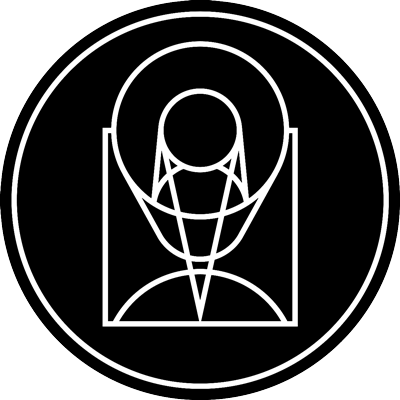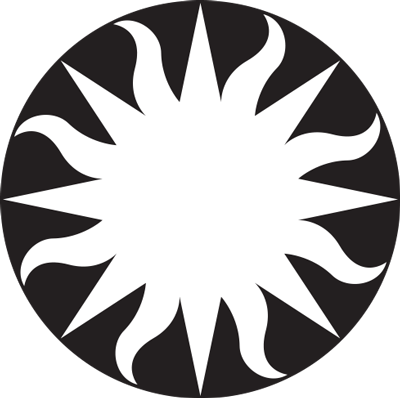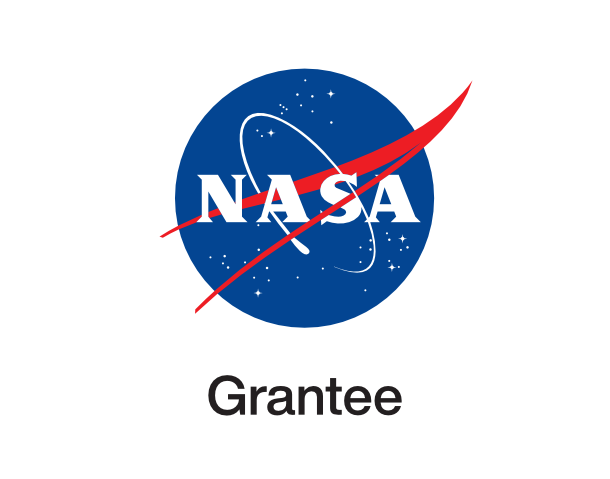Hubble Captures Crisp New Portrait of Jupiter

stsci_2020-42a September 17th, 2020
Credit: NASA, ESA, STScI, A. Simon, M. Wong and the OPAL team
This latest image of Jupiter, taken by NASA’s Hubble Space Telescope on August 25, 2020, was captured when the planet was 406 million miles from Earth. Hubble’s sharp view is giving researchers an updated weather report on the monster planet’s turbulent atmosphere, including a remarkable new storm brewing, and a cousin of the Great Red Spot changing color – again.
A unique and exciting detail of Hubble’s snapshot appears at mid-northern latitudes as a bright white stretched-out storm moving at 350 miles per hour (563 kilometers per hour). This single plume erupted on August 18, 2020 and another has since appeared.
While it’s common for storms to pop up in this region, oftentimes multiple at once, this particular disturbance appears to have more structure behind it than observed in storms of the past. Trailing behind the plume are small, counterclockwise-like dark clumps also not witnessed in the past. Researchers speculate this may be the beginning of a longer-lasting Northern Hemisphere spot, as perhaps a rival to the legendary Great Red Spot that dominates the southern hemisphere.
Hubble shows that the Great Red Spot, rolling counterclockwise in the planet’s southern hemisphere, is plowing into the clouds ahead of it, forming a cascade of white and beige ribbons. The Great Red Spot is currently an exceptionally rich red color, with its core and outermost band appearing deeper red.
Researchers say the Great Red Spot now measures about 9,800 miles across, big enough to swallow Earth. The super-storm is still shrinking as noted in telescopic observations dating back to 1930, but its rate of downsizing appears to have slowed. The reason for its dwindling size is a complete mystery.
Another feature researchers are noticing has changed is Oval BA, nicknamed by astronomers as Red Spot, Jr., which appears just below the Great Red Spot in this image. For the past few years, Red Spot, Jr. has been fading in color to its original shade of white after appea
Provider: Space Telescope Science Institute
Image Source: https://hubblesite.org/contents/news-releases/2020/news-2020-42
Curator: STScI, Baltimore, MD, USA
Image Use Policy: http://hubblesite.org/copyright/

- ID
- 2020-42a
- Subject Category
- A.1.1.2
- Subject Name
- Jupiter
- Credits
- NASA, ESA, STScI, A. Simon, M. Wong and the OPAL team
- Release Date
- 2020-09-17T00:00:00
- Lightyears
- 6.91e-5
- Redshift
- 6.91e-5
- Reference Url
- https://hubblesite.org/contents/news-releases/2020/news-2020-42
- Type
- Planetary
- Image Quality
- Good
- Distance Notes
- Distance from Earth in miles: 406000000
- Facility
- Hubble, Hubble, Hubble
- Instrument
- WFC3/UVIS, WFC3/UVIS, WFC3/UVIS
- Color Assignment
- Blue, Green, Red
- Band
- Ultraviolet, Optical, Optical
- Bandpass
- CaII, OIII, OI
- Central Wavelength
- 395, 502, 631
- Start Time
- Integration Time
- Dataset ID
- Notes
- Coordinate Frame
- ICRS
- Equinox
- Reference Value
- 289.2286250, -22.6642639
- Reference Dimension
- Reference Pixel
- Scale
- Rotation
- Coordinate System Projection:
- Quality
- Position
- FITS Header
- Notes
- Creator (Curator)
- STScI
- URL
- http://hubblesite.org
- Name
- Space Telescope Science Institute Office of Public Outreach
- outreach@stsci.edu
- Telephone
- 410-338-4444
- Address
- 3700 San Martin Drive
- City
- Baltimore
- State/Province
- MD
- Postal Code
- 21218
- Country
- USA
- Rights
- http://hubblesite.org/copyright/
- Publisher
- STScI
- Publisher ID
- stsci
- Resource ID
- STSCI-H-p2042a-f-1663x1663.tif
- Resource URL
- https://mast.stsci.edu/api/latest/Download/file?uri=mast:OPO/product/STSCI-H-p2042a-f-1663x1663.tif
- Related Resources
- Metadata Date
- 2022-09-07T11:36:03-04:00
- Metadata Version
- 1.2
Detailed color mapping information coming soon...














